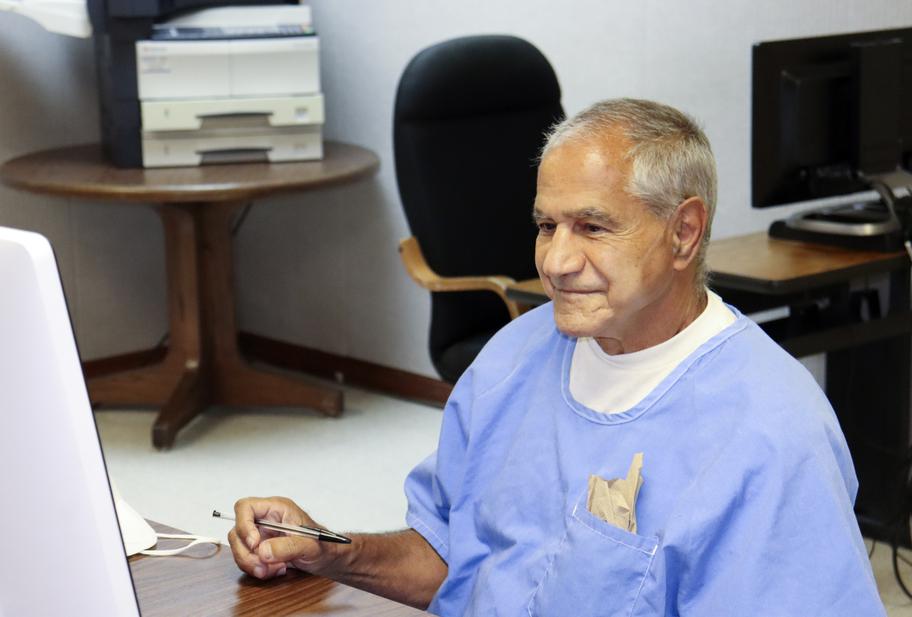Fresh off the news: Given the risk from the delta variant–already fueling a massive outbreak at North Kern – Judge Tigar has finally mandated vaccination for CDCR staff (currently, vaccine rates among staff stand at 40%.) Sam Stanton and Wes Ventreicher of the Sac Bee report:
Rejecting opposition from California officials and the state’s prison guard union, a federal judge on Monday ordered the state to come up with a plan in the next two weeks for mandatory COVID-19 vaccinations for guards, as well as inmates who work outside the prisons.
The order by U.S. District Judge Jon S. Tigar in Oakland follows a hearing Friday over the issue and a recommendation in August by the federal prison receiver overseeing medical care that asked the judge to order mandatory vaccines for guards and staff, with some medical and religious exemptions.
“The question of mandatory vaccines is complex,” Tigar wrote in a 22-page order. “In this case, however, the relevant facts are undisputed. No one challenges the serious risks that COVID-19 poses to incarcerated persons.
“No one disputes that it is difficult to control the virus once it has been introduced into a prison setting. No one contests that staff are the primary vector for introduction. And no one argues that testing, even if done on a daily basis, is an adequate proxy for vaccination to reduce the risk of introduction.”
Tigar noted that since the pandemic began in spring 2020, more than 50,000 California inmates have been infected with coronavirus, and at least 240 have died.
His order would require mandatory vaccines for all workers entering California prisons, all inmates who work outside the prisons and inmates who agree to in-person visits. The judge also wrote that the receiver “shall consider efforts to increase the vaccination rate among the incarcerated population, including whether a mandatory vaccination policy should be implemented.”
The California Department of Corrections and Rehabilitation said in a statement that it was “evaluating the court’s order at this time to determine next steps” and did not agree with the judge’s finding of “deliberate indifference” by officials in their COVID policies.
“We respectfully disagree with the finding of deliberate indifference, as the department has long embraced vaccinations against COVID-19, and we continue to encourage our staff, incarcerated population, volunteers, and visitors to get vaccinated,” the statement said. “Additionally, we were one of the earliest adopters of the COVID-19 vaccine, having rolled it out to vulnerable populations and staff at the end of 2020, and have implemented robust response and mitigation efforts against the pandemic.
“We are also actively working to operationalize the recent California Department of Public Health Order and ensure all impacted staff is in compliance by Oct. 14.
“Currently, 76 percent of the incarcerated population has been fully vaccinated, with 57 percent of staff vaccinated and another 4 percent having received at least one dose. And to date approximately 99 percent of incarcerated people have been offered the vaccine.”
The judge acted after Receiver J. Clark Kelso submitted a 27-page report last month warning of “enormous risks” to the prison population because of the delta variant and noting that only 40% of the state’s correctional officers statewide are fully vaccinated.
In Friday’s court hearing, Kelso added that 11 correctional staffers have died from COVID-19 since his report was issued in August.
A lawyer for the state prison guard union argued against such an order, telling the judge that he did not believe the judge had the authority to issue such an order.
“This is uncharted territory that we’re in in this proceeding,” said Gregg Adam, arguing for the California Correctional Peace Officers Association. “There is no precedent for a court ordering employees to be vaccinated in order to keep their job under any circumstances.”
The union represents about 28,000 state correctional officers and pledged to members last month that it would fight mandatory vaccination orders. The union hasn’t opposed the current regimen, which allows unvaccinated officers to submit regular COVID-19 test results in lieu of proof of vaccination.
“We’ve undertaken an aggressive, voluntary vaccination program and we still believe the voluntary approach is the best way forward,” union president Glen Stailey said in a prepared statement emailed Monday by spokesman Nathan Ballard. “We are looking into our legal options to address this order.”
A Prison Law Office attorney representing the inmates who argued for the order said Monday that the judge’s decision was a “terrific” victory for keeping prisoners safe.
“It provided a very clear, factual basis for the decision,” attorney Rita Lomio said. “It was issued timely, just one business day after the argument Friday, and it adopts the receiver’s recommendation completely.
“It’s pretty much everything we could have hoped for.”
Lomio noted that the order does not set a deadline for the state to come into compliance with the order, instead mandating the receiver and prison officials submit a plan for meeting the requirements of the order within the next two weeks and include a deadline in the plan for when staffers must be vaccinated.
“That’s one area where we’re going to have to continue to monitor to make sure that poor implementation doesn’t gut the mandate,” she said.
Here’s the order in all its glory. Importantly, Judge Tigar fashions the mandate as the remedy for an Eighth Amendment violation, finding that CDCR has acted with deliberate indifference regarding the health and safety of incarcerated people. This is a big victory for incarcerated people, their families, advocates, and lawyers who have fought for this for almost two years.
It’s very late in the game – I wish we hadn’t wasted so many precious months on gentle persuasion efforts at people who cannot be swayed – but it’s better than never. The timing is appropriate – the worrisome North Kern outbreak has been linked to a staff member. Stay tuned for reports on compliance or lack thereof.



